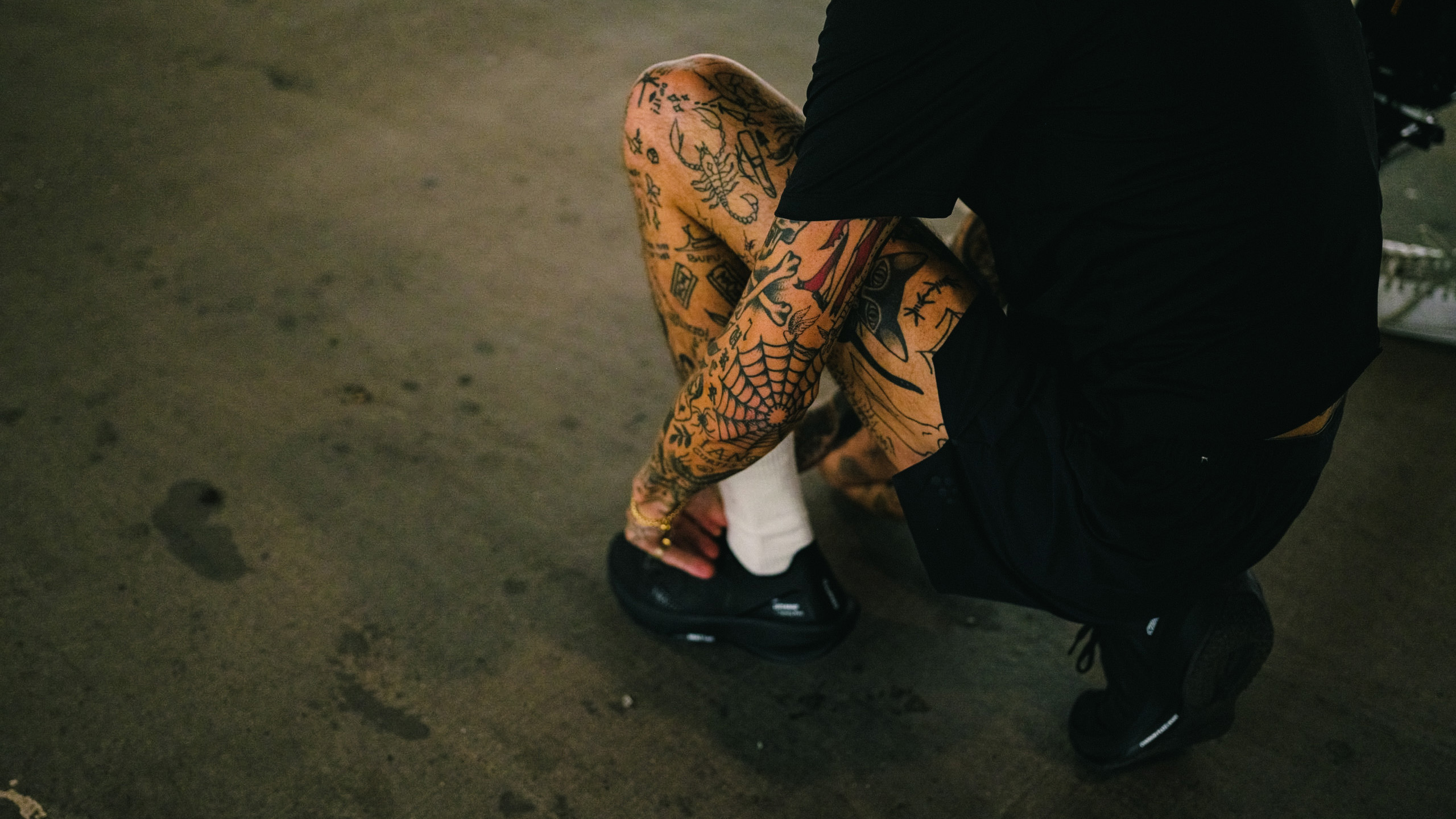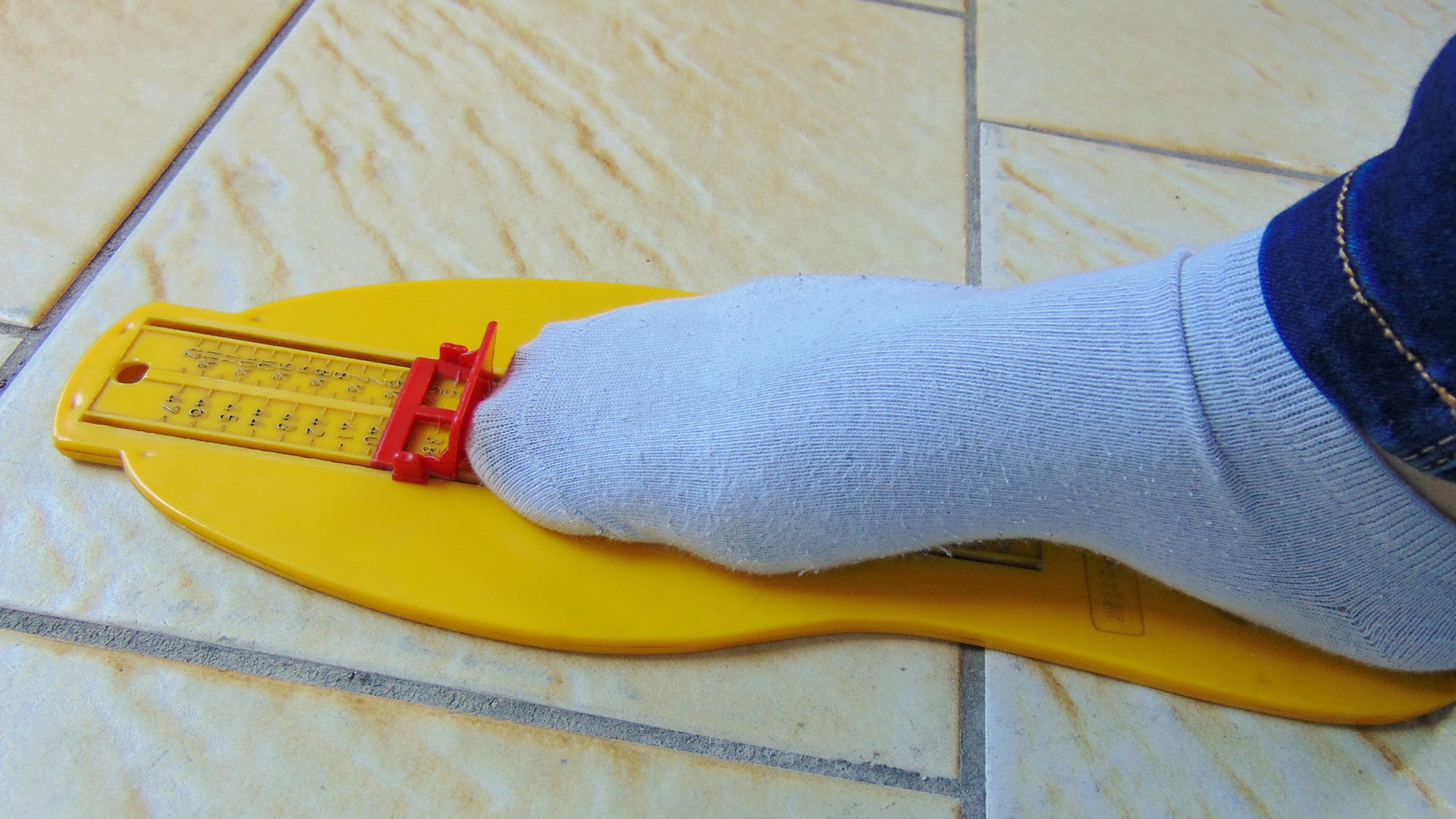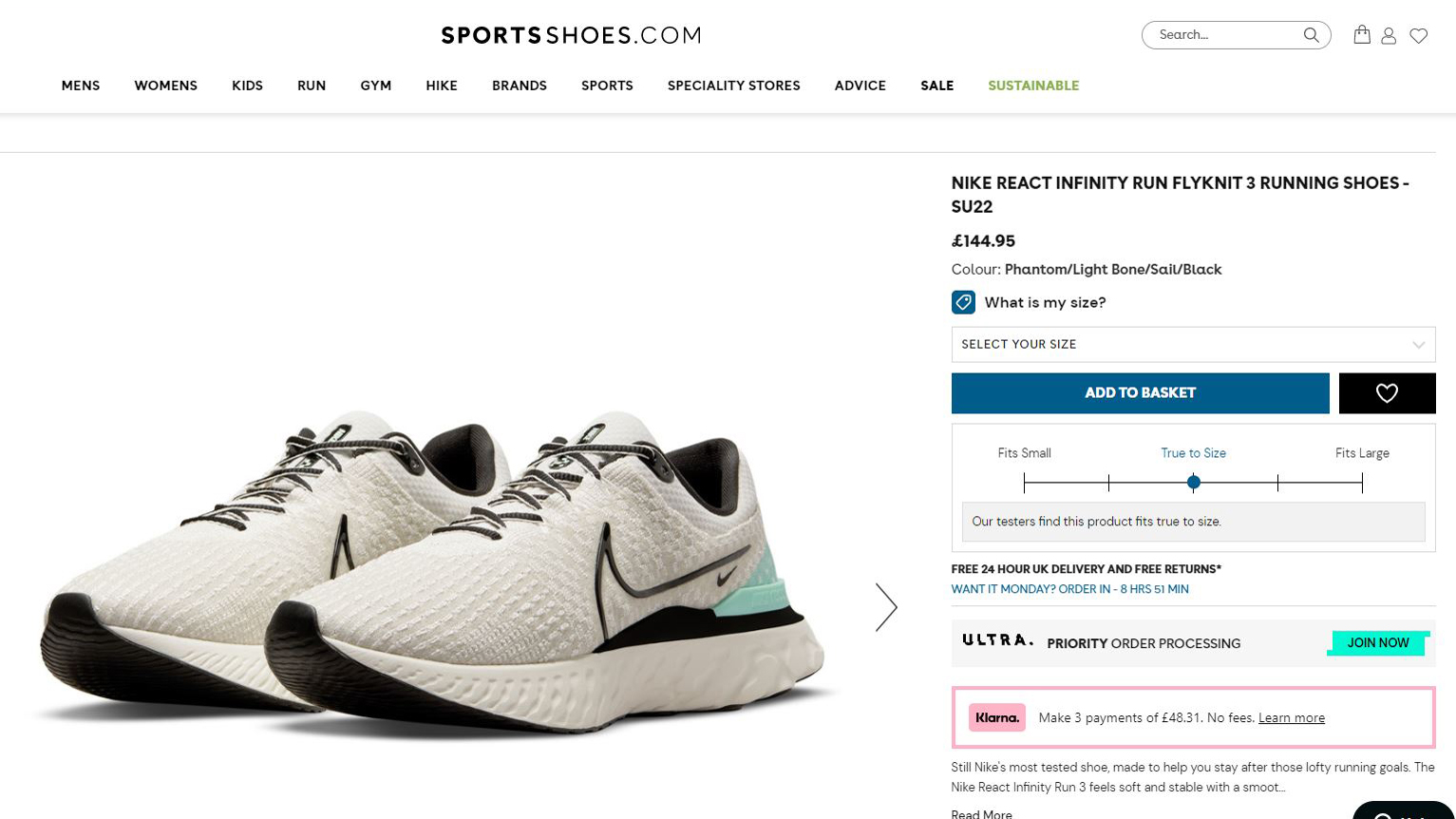

Running shoes that fit well can help you run faster and stay injury-free for longer. There are many types of running shoes to choose from, from neutral road running shoes to supportive trail runners, but none of them will be of any use if you don't know how to choose the right size for you.
Running shoe sizing is notoriously inconsistent, which is surprising as you'd think it'll be somewhat similar across all brands, knowing how important it is for running shoes to fit correctly. Sadly, though, that's not the case, and it's easy to get the wrong size of running shoes if you don't pay careful attention.
The good news is that it's equally as easy to get the size right by checking one thing: the length of your feet. Once you know how long your feet are, you can make an educated guess about running shoe sizes. But before you head over to our best running shoes guide and start shopping, read the blow four tips that will help you get the right size running shoes every time.
1. Check both feet
Your left and right foot aren't the same size, believe it or not, hence why you need to measure both. The best way to measure the length is to stand next to a wall with your heels touching the wall and measre the distance from the wall to the end of the big toe. The tape should be perpendicular to the wall. Once you measured both feet, see which is bigger and use that as a bencjmark when buying shoes.

If you have one of these devices, it'll make your foot-measurement efforts less complicated
2. Do the measurement in the afternoon/evening
Another surprising fact is that your feet grow during the day. You might know that your feet can swell up during long runs in the shoes, no matter how ventilated the shoes are. The same thing happens to your feet during the day, especially if you wear shoes throughout the day, so measuring the size and width of your feet late afternoon/early evening is the ideal time to get the most accurate numbers.
3. Check the sizing guide for every shoe
As I mentioned above, size 10 Nike running shoes can be complately different size than a size 10 New Balance. To make matters worse, even models from one brand can be different size, so our best advice is to check the sizing info for every single model before you buy. If you're in between sizes and buying shoes online, order one pair of each size, just to be on the safe side, anmd send back the one that doesn't fit.

4. Check the sizing guide at third-party retailers
Third-party retailers usually are impartial about running shoes (in the sense that they don't prefer one brand over the other) and often provide extra information about sizing. For example, Sportsshoes.com says it's on the individual product listing page how the shoes fit, according to its testers (see the screenshot above). It's worth having a look around!
Sign up to the T3 newsletter for smarter living straight to your inbox
Get all the latest news, reviews, deals and buying guides on gorgeous tech, home and active products from the T3 experts
+1 check the insole of the shoes you already have
An extra pro tip for you: if you have a pair of running shoes that you know fit well, remove and measure the length of the insole and use that as the benchmark for future shoe purchases. It'll probably have the imprint of your foot already, so you can see exactly how long it is.
It's worth mentioning that if you have issues with your foot poking through the same area of the upper or your toenails falling off, your shoes don't fit well, no matter how much you like them. If the lateral or medial side of the shoes wore away faster, you might need wider fit shoes—a few things to keep in mind.
For more info on what other mistakes to avoid, read our article about the three mistakes everyone makes when buying running shoes.

Matt Kollat is a journalist and content creator who works for T3.com and its magazine counterpart as an Active Editor. His areas of expertise include wearables, drones, fitness equipment, nutrition and outdoor gear. He joined T3 in 2019. His byline appears in several publications, including Techradar and Fit&Well, and more. Matt also collaborated with other content creators (e.g. Garage Gym Reviews) and judged many awards, such as the European Specialist Sports Nutrition Alliance's ESSNawards. When he isn't working out, running or cycling, you'll find him roaming the countryside and trying out new podcasting and content creation equipment.